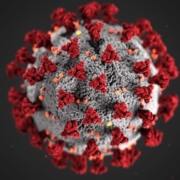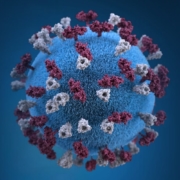EPA Releases Test Methods and Guidance for Long-Lasting Antimicrobial Efficacy Claims
This original announcement was published by the EPA on October 8, 2022. Click here for more information.
Today, the U.S. Environmental Protection Agency (EPA) is issuing finalized guidance and test methods for registering antimicrobial products with residual efficacy against viruses and bacteria. While traditional disinfectants only kill viruses and bacteria that are on the surface at the time they are used, surfaces treated with residual antimicrobial products kill pathogens that come into contact with the surface days, weeks or years after the product is applied.
Public interest in products with residual efficacy has increased during the COVID-19 public health emergency. In October 2020, EPA issued interim guidance and test methods for public comment as a pathway for companies to add claims of residual efficacy to their products’ labels.
In finalizing the guidance, EPA made minor modifications to better represent the real-world conditions under which products with residual efficacy will be used. These revisions were based on data from EPA laboratory studies and information submitted through public comments.
The finalized test methods and guidance are available at docket EPA-HQ-OPP-2020-0529 at regulations.gov.
EPA maintains both a list of traditional disinfectants that kill the virus that causes COVID-19 (List N) and a list of products with residual efficacy that can be used to supplement routine cleaning and disinfection against the virus (List N Appendix). In addition, EPA also recently released a list of products effective against emerging viral pathogens, including monkeypox (List Q).
Read the Guidance for Products Adding Residual Efficacy Claims.






